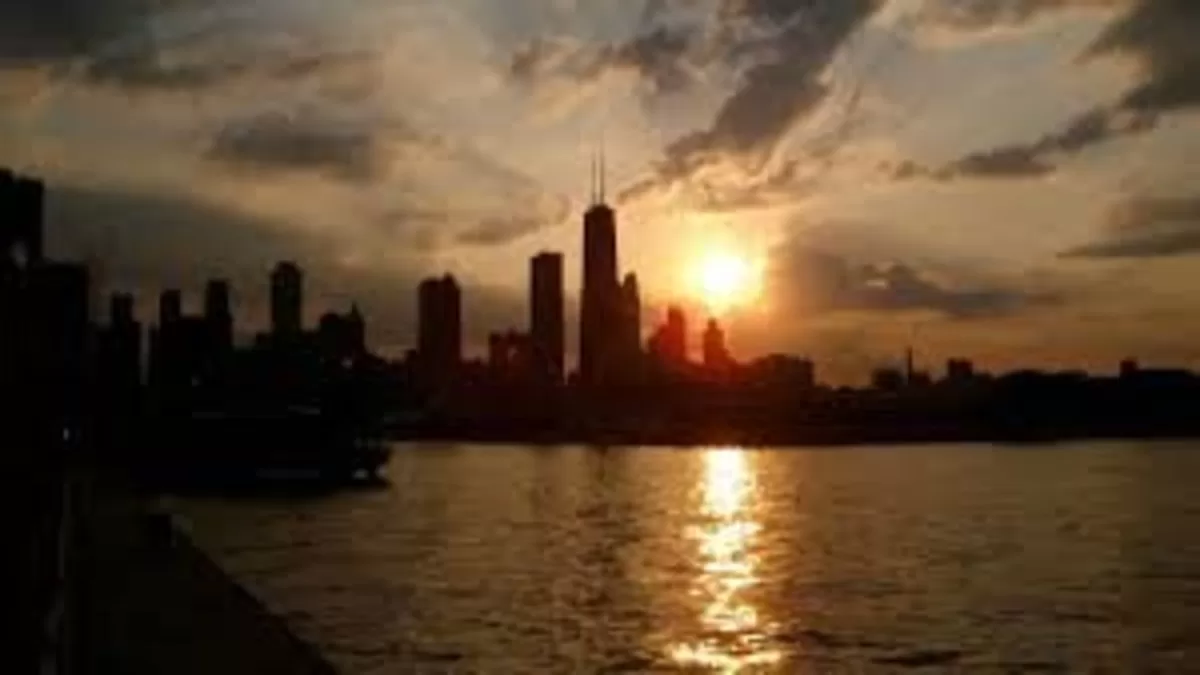2024 summer solstice: The longest day of the year is here — and this year, it’s historic. Here’s why
The 2024 summer solstice is upon us, marking the astronomical start of summer and the longest day of the year. This year’s solstice is historic, being the earliest in over two centuries. Let’s explore why this day is so special and what makes it a unique event.
The summer solstice will occur at 3:50 p.m. CT on June 20 in Chicago, as per timeanddate.com. On this day, the Chicago area will experience its longest day, boasting approximately 15 hours, 13 minutes, and 41 seconds of daylight. This extended daylight period makes shadows the shortest they will be all year, as noted by NBC 5 Storm Team Meteorologist Pete Sack.
The Science Behind the Solstice
The summer solstice signifies when the sun reaches its highest and northernmost points in the sky, according to the Farmer’s Almanac. This event marks the first day of astronomical summer in the Northern Hemisphere. While the solstice date varies yearly, it usually falls between June 20-22.
“Our solstices are caused by the slight tilt in Earth’s axis in relation to the plane of its orbit,” explains the Adler Planetarium. This tilt, about 23.5 degrees off-vertical, causes different halves of the globe to lean towards or away from the Sun throughout the year. As the solstice approaches, daylight increases daily until the event, after which it gradually decreases until the winter solstice on December 21.
An Early Solstice: Why Now?
This year’s solstice is notably early, occurring earlier than any in the past 228 years. According to Accuweather, the last time the solstice happened this early was on June 20, 1796. The variation in the solstice’s exact date and time each year is influenced by our calendar being slightly out of sync with the solar year. The Weather Network attributes this year’s early solstice partly to it being a leap year, noting that each leap year, equinoxes and solstices occur slightly earlier.
This trend is expected to continue, with future leap years seeing even earlier solstices and equinoxes. For example, the spring equinox this year fell on March 19, only the second time in over a century and marking the earliest spring equinox in 128 years. Similarly, this year’s fall and winter equinoxes are expected to be the earliest since the late 1700s.
The Solstice and the Strawberry Moon
Following the solstice, the June full moon, known as the “strawberry moon,” will appear. This year, it reaches peak illumination at 8:08 p.m. CT on June 21. According to the Farmer’s Almanac, the June full moon coinciding with the solstice means it will be the lowest full moon in the sky for years, creating a striking visual effect known as the “Moon Illusion,” where the moon appears larger than usual.
Best Places to Witness the Solstice Sunrise
For those looking to witness the sunrise on this historic day, North Avenue Beach in Chicago is a top spot. According to a survey by Mixbook, it ranks 33rd among the best places in the U.S. to view the solstice sunrise, offering a picturesque view over Lake Michigan with the urban skyline as a backdrop. Other prime sunrise locations include Lake Tahoe, Arches National Park, and the Grand Canyon.
The 2024 summer solstice is not just the start of summer but a historic event that offers a unique blend of natural phenomena and celestial beauty. Whether you’re watching the sun’s first light or gazing at the strawberry moon, this solstice promises to be memorable.
#SummerSolstice #LongestDay #HistoricSolstice #StrawberryMoon #Summer2024
